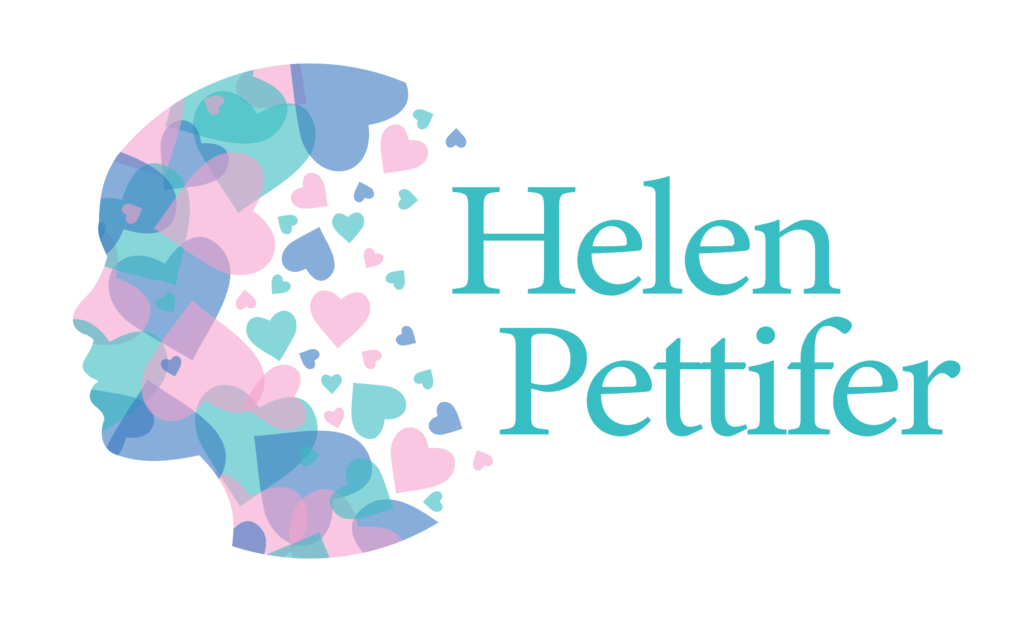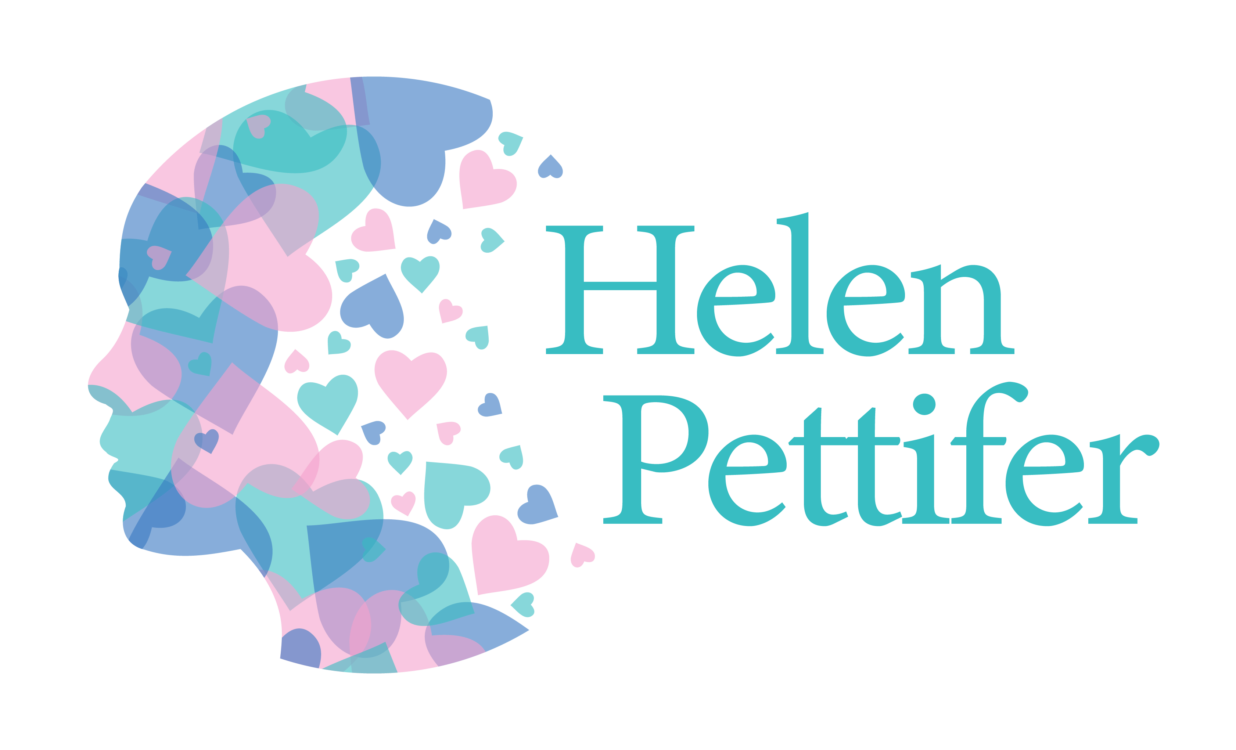How to Encourage Disclosures of Vulnerability
I recently took part in a discussion where concern was raised by a firm because they hadn’t reached the target of 47% of customers disclosing vulnerable circumstances. This raised concerns for me, not because of the shortfall, but because the focus was on hitting the numbers.
Yes, FCA research suggests that 47% of all customers could experience circumstances that make them vulnerable. However, this is not a target. What firms should be aiming for is ensuring that no customer is disadvantaged because of vulnerable circumstances that limit their access to goods and services.
In this article, I explore why customers may not share information, how firms can build inclusivity without disclosures and steps to encourage disclosures of vulnerability.
Are Disclosures Necessary?
Firstly, improving inclusivity is not dependent on disclosures. You have a wealth of data about your target market and customer base. Therefore, you have access to insight into the characteristics of vulnerability that are most likely to be prevalent. That means you can start to implement measures to increase accessibility and reduce barriers without any disclosures being recorded.
Secondly, the FCA Guidance explains that your team should be equipped to recognise and respond to needs where there are clear indicators of vulnerability. So, if a customer is noticeably upset or confused, you don’t need a disclosure to respond appropriately. You can immediately tell that, on this occasion, they need something more than the standard process.
In conversation, you may learn that the issue is temporary, maybe information is difficult to read because they’ve come out without their reading glasses. Therefore, after helping them today, no further action or disclosure is necessary.
Finally, a conversation may lead to a disclosure, yet the customer denies your request to record it. Remember, this is about doing what’s best for the customer, not hitting a target. You cannot force a disclosure, even if you believe the customer has additional needs. And, you cannot record information without their explicit consent.
What are the Barriers to Disclosing Vulnerable Circumstances?
Some customers facing vulnerable circumstances may not tell you and others may not permit you to record disclosures. Why is this?
We share five reasons why disclosures may not be forthcoming:
1. Opening up to others can make a person feel more vulnerable than the circumstances they are coping with. The customer might worry that their disclosure will adversely affect your judgement of them or the services you will provide.
2. The customer may not understand the benefit of sharing. Would you tell a stranger about your personal circumstances if you doubted it would make any difference? More likely, you would assume that they don’t want to know or feel that it is none of their business.
3. People may not see themselves as entitled to additional support. In recent NICE research*, only 17% of customers self-identified as vulnerable, although 67% of the surveyed group had characteristics defined by the FCA as vulnerable circumstances.
4. People may have concerns about data sharing and protection. There are many high-profile cases of hackers accessing and sharing information and data sharing with third parties is common practice. 5. They don’t want to say it out loud, fearing others may overhear. They might find it embarrassing or it could be a risk. Consider the case of a victim of domestic abuse or modern slavery who is unsure if their phone conversations are being monitored.
What are Some Ways to Encourage Disclosures of Vulnerability?
There are ways to increase the chances of customers disclosing their needs to you. These depend on:
- Building trust
- Providing opportunities to disclose at every touchpoint
- Focusing communications on needs, not vulnerabilities
- Ensuring that the responses and follow-up support offered in response to disclosures are relevant, timely and helpful
How Can We Build Trust?
This relies on employees who excel in customer service excellence. It recognises that efficiency is not the only asset and that customers respond best to those who are personable, friendly and knowledgeable. Trust is also built on consistent and positive representations, which means developing and retaining a good reputation.
Providing Opportunities to Disclose at Every Touchpoint
Disclosures can happen at any point in the customer journey and they might be shared over the phone, online, in person or via email or text. Here are three suggestions:
- At appropriate points of contact, include an open question: ‘Tell us what you need’ or ‘Is there a way we could make this process easier for you?’
- Be proactive in providing options at every call to action: ‘Complete the enquiry form and we’ll give you a call. Let us know if you use Text Relay or other assisted technology.’ or ‘Book an appointment with our adviser. If you prefer a quiet environment, we recommend a slot on Tuesday mornings.’
- Include the answer to the following question in the Q&A page of your website: ‘How can I share circumstances that mean I need extra support from (your company name)?’
Focus Communications on Needs, Not Vulnerabilities
It feels less intrusive to tell someone what would help you than to open up about your circumstances or condition. So, to encourage disclosures, don’t pry into unnecessary details. If a customer requests email or text as their communication preference, that is all you need to know to meet their needs.
Even if they tell you about their health condition or circumstance, consider whether it is important and relevant to record this. In terms of the actions you need to take, is there any difference between recording ‘Evicted from flat, currently homeless so all communication to be directed to hostel address’ or ‘Please send all correspondence to …’?
Another benefit of primarily focusing on needs is data protection. If records were stolen and shared by a hacker, or seen by an unintended viewer, the risks to the customer are less.
Ensure that Disclosure Pays Off
When a customer does share information with you and agrees to this being recorded, they must see the benefit. This includes an empathic, non-judgemental response, helpful advice and practical adaptions to best meet their needs.
Effective internal processes should ensure that anyone who interacts with this customer in the future is aware of their needs and acts accordingly.
If the customer discloses a need that you can’t support internally, it is useful to know of and signpost them to external services. Equally, you may be able to meet some of their needs, but believe they will benefit from additional support. Our signposting resource can assist with this.
Evidencing Support for Vulnerable Customers to the FCA
The FCA will want evidence that you have put measures in place to build inclusivity, provide opportunities for customers to share information and increase support for those facing vulnerable circumstances. You will also need to evidence improved customer outcomes, through customer feedback, customer retention rates, fewer complaints and other data.
If that is all in place, then the number of disclosures on your records will not hinder compliance. However, if your firm is falling short of the FCA requirements, our consultancy services could help you get on track.
* https://cx.nice.com/uk/vulnerable-customer-report
About the author.

Helen Pettifer FRSA.
Helen Pettifer is Director of Helen Pettifer Training Ltd and a specialist in the fair treatment of vulnerable customers.
She has a background in call centre management and is committed to customer service excellence. Her training ensures front-line staff gain the awareness and resources to confidently identify and respond to signs of vulnerability.
Helen Pettifer is a British Standards Institution (BSI) associate consultant for BS 22458: 2022 Consumer Vulnerability, a Mental Health First Aider, a Suicide First Aider, a Dementia Friend, and a Friends Against Scams Champion. Recognised as a changemaker, she was invited to become a Fellow of the Royal Society of Arts in 2022.



